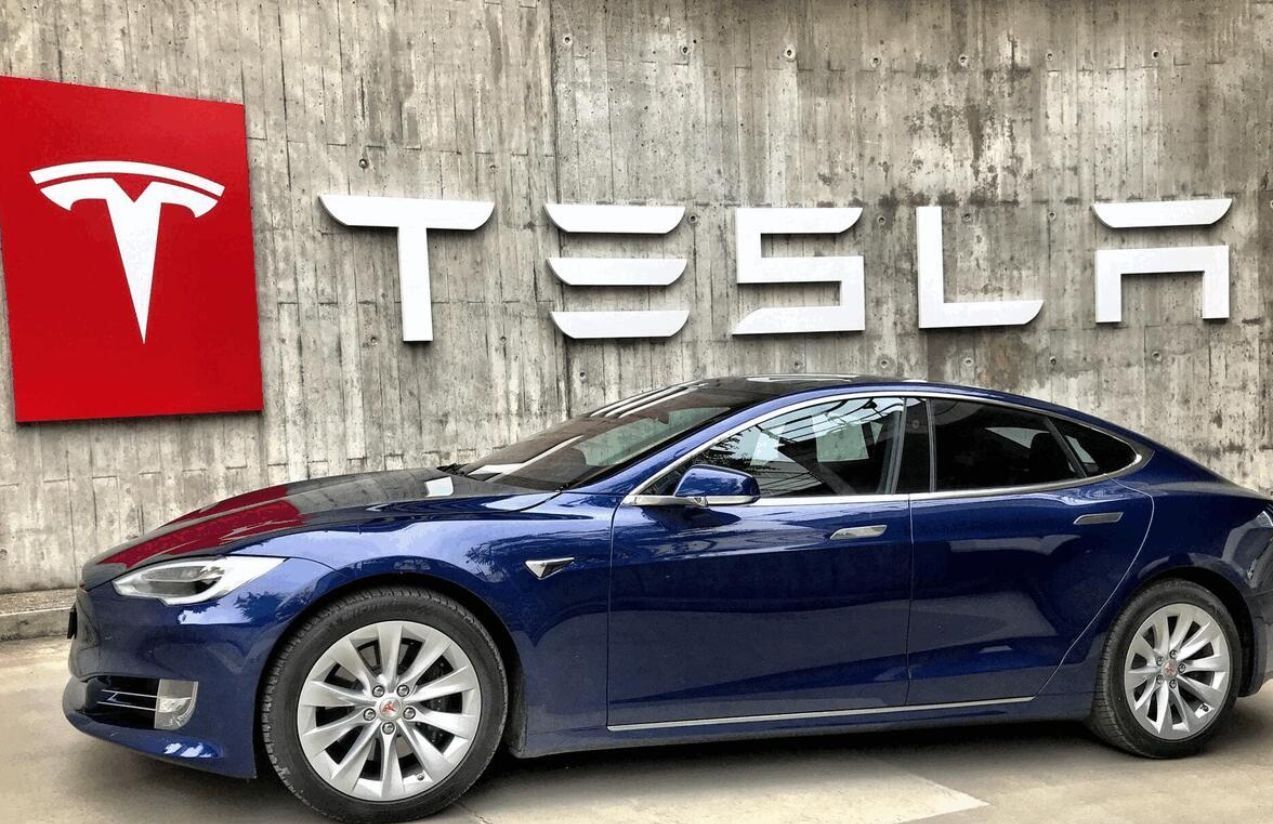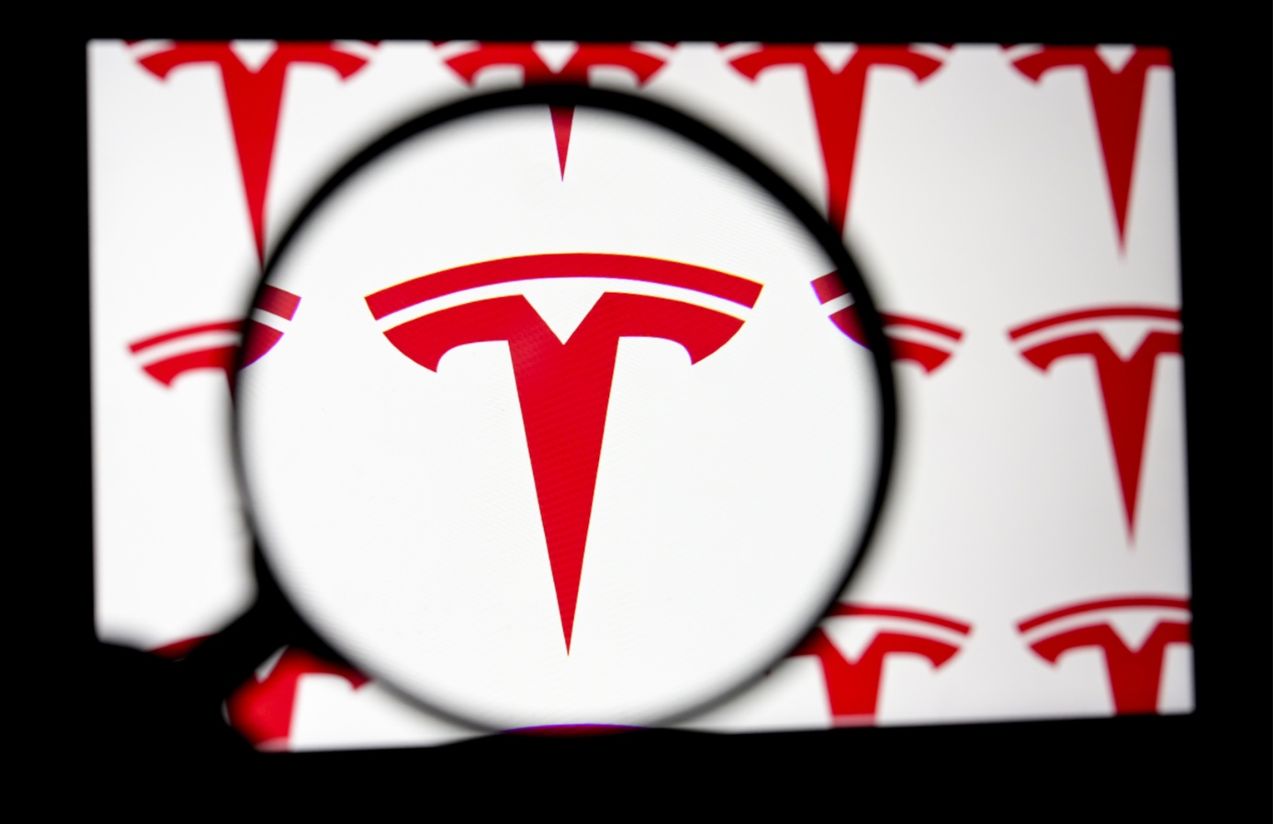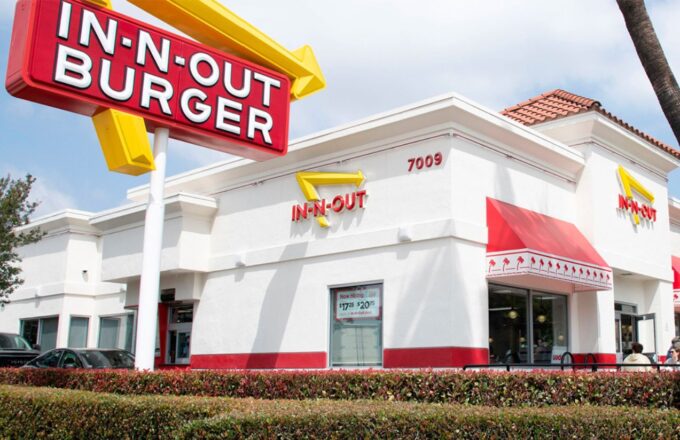For some time now, the American company Tesla has been facing a challenging year. Despite the global electric vehicle market continuing to grow, its deliveries could decline for the second consecutive time.
Among the main factors behind this drop are the suspension of federal subsidies for car purchases in the United States, rising tariffs that make its vehicles more expensive, and increasing competition from low-cost Chinese brands dominating the most competitive segments.

In addition, the company’s corporate image is taking a toll: the political exposure of its founder, Elon Musk, and the so-called global boycott have weakened the brand’s popularity in several markets.
On the other hand, Tesla maintains an ambitious vision for the future—robots, autonomy, and next-generation vehicles, but its current lineup has seen little renewal, and its so-called “affordable” models remain priced above $40,000.
Can Tesla regain ground in the global market?
It certainly can, but only if it makes some key adjustments. The company will need to significantly lower its prices, launch a truly affordable model for mass markets, and rebuild its image among consumers who now have more choices. With these warning signs flashing, the next phase of electric vehicle growth may leave little room for unshakable leaders.













